Polluted drinking water in Kuršumlija?
After the discovery of dead fish in a local river, Kuršumlija residents are without drinking water for fears of pollution.
Tuesday, 21.08.2007.
11:06

After the discovery of dead fish in a local river, Kursumlija residents are without drinking water for fears of pollution. Kursumlija Environmental Health Department has turned the water supply off owing to fears that waste water from the Kopaonik wood processing company has been released through cisterns, via the river, into the reservoir which supplies the town with drinking water. Polluted drinking water in Kursumlija? As Department Director Jasminka Novakovic-Nedeljkovic said, the town is supplied with drinking water from the Toplica river, where, in a place bereft of any potential pollutants, the dead fish have unexpectedly been discovered. Meanwhile, Radivoj Nedeljkovic from the town’s District Prosecution said that an intensive investigation was under way into the most recent discovery of dead fish. ''There is reason to suppose that waste material from Kopaonik was released through cisterns in another part of the river. We have asked the police to look into the matter,'' said Nedeljkovic. The most recent discovery of dead fish in the river occurred in the opposite direction from Kopaonik, and was reported by company director Slavisa Ristic, who denies that the cisterns were to blame. ''They even said we’d been pouring some sort of sludge and waste through the cisterns. I just can’t understand it, who could think such a thing,'' wondered Ristic. All previous discoveries had been registered in Kopaonik’s vicinity where the Banjeska and Toplica rivers meet, and which actually flows through the grounds of the factory. A month ago, Water Inspector Dragoslav Djordjevic banned this company from releasing waste water. Previous analyses had shown the presence of the following harmful substances in the Toplica river: phenol, of which there was 300 times the permitted level; and ammonium, of which there was 500 times more than permitted. An investigation revealed that those substances had originated from the Kopaonik wood mill, against which charges were subsequently brought. Samples of the water and the dead fish have been taken in the last two days on two occasions, and the results are expected to identify the cause of the latest environmental disaster. It is estimated that as a result of waste water being released from industrial facilities, at least 20 tons of fish have been killed in Serbia in the last six months. And according to some sources, Serbia’s fish population has been decimated this summer. Dead fish floating in the Toplica River (FoNet)
Polluted drinking water in Kuršumlija?
As Department Director Jasminka Novaković-Nedeljković said, the town is supplied with drinking water from the Toplica river, where, in a place bereft of any potential pollutants, the dead fish have unexpectedly been discovered.Meanwhile, Radivoj Nedeljković from the town’s District Prosecution said that an intensive investigation was under way into the most recent discovery of dead fish.
''There is reason to suppose that waste material from Kopaonik was released through cisterns in another part of the river. We have asked the police to look into the matter,'' said Nedeljković.
The most recent discovery of dead fish in the river occurred in the opposite direction from Kopaonik, and was reported by company director Slavisa Ristić, who denies that the cisterns were to blame.
''They even said we’d been pouring some sort of sludge and waste through the cisterns. I just can’t understand it, who could think such a thing,'' wondered Ristić.
All previous discoveries had been registered in Kopaonik’s vicinity where the Banjeska and Toplica rivers meet, and which actually flows through the grounds of the factory.
A month ago, Water Inspector Dragoslav Đorđević banned this company from releasing waste water.
Previous analyses had shown the presence of the following harmful substances in the Toplica river: phenol, of which there was 300 times the permitted level; and ammonium, of which there was 500 times more than permitted.
An investigation revealed that those substances had originated from the Kopaonik wood mill, against which charges were subsequently brought.
Samples of the water and the dead fish have been taken in the last two days on two occasions, and the results are expected to identify the cause of the latest environmental disaster.
It is estimated that as a result of waste water being released from industrial facilities, at least 20 tons of fish have been killed in Serbia in the last six months. And according to some sources, Serbia’s fish population has been decimated this summer.



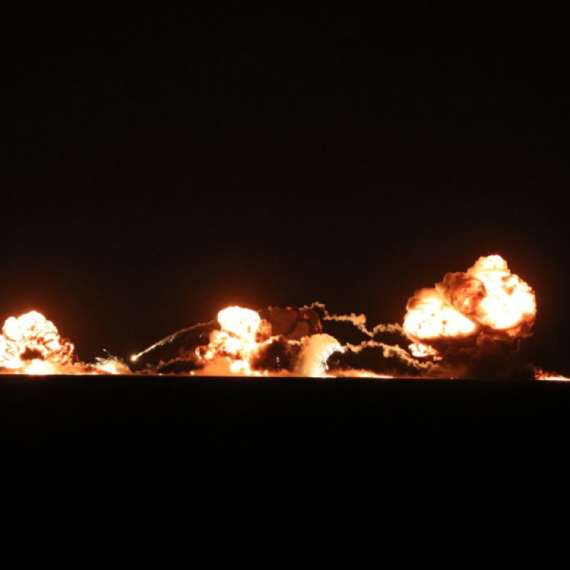
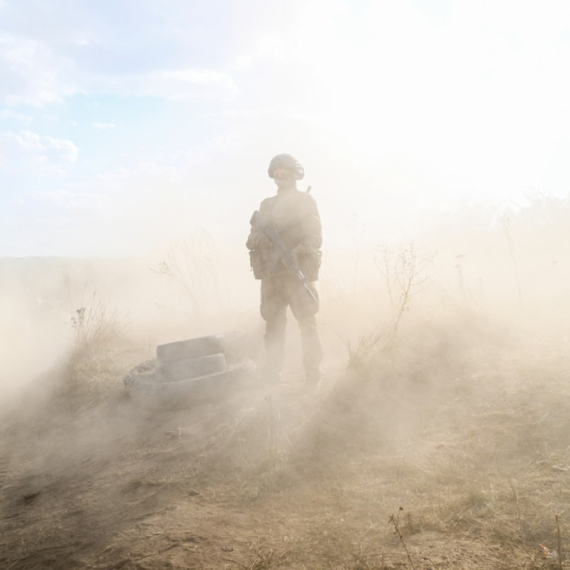
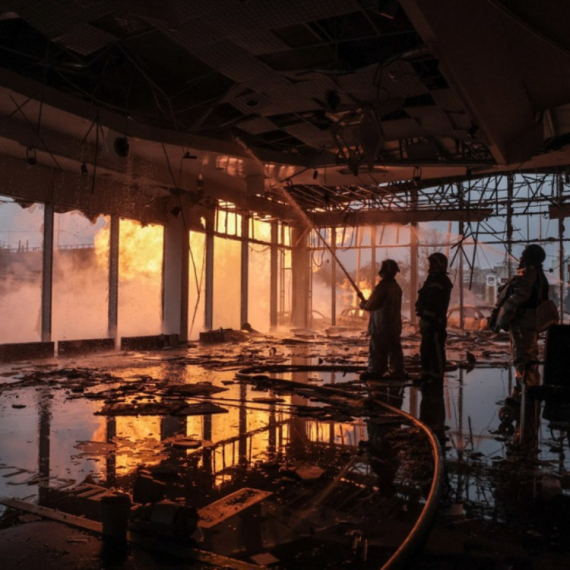
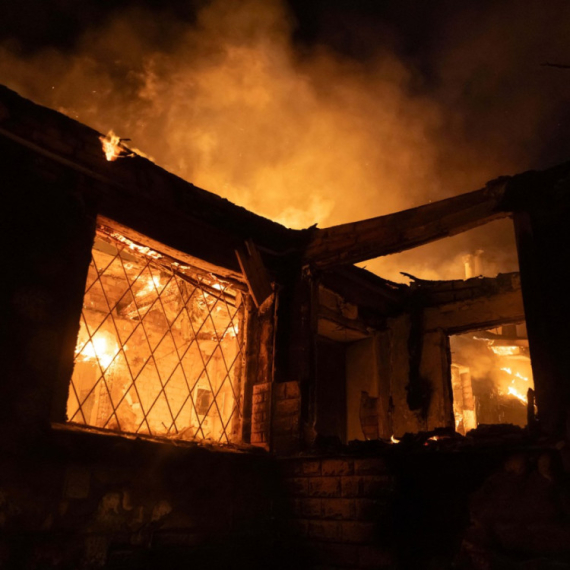







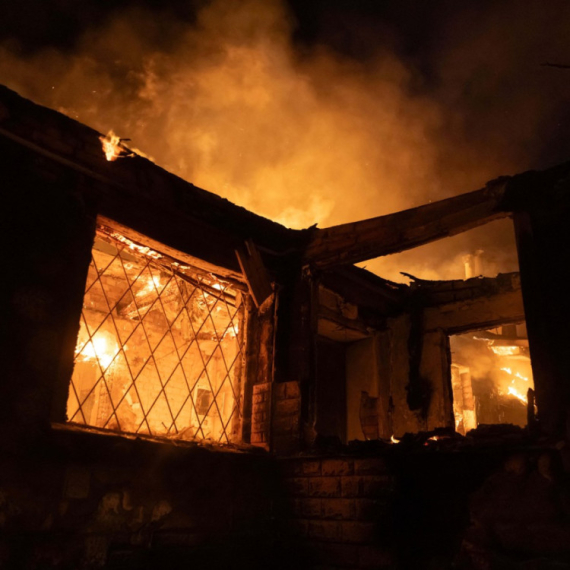
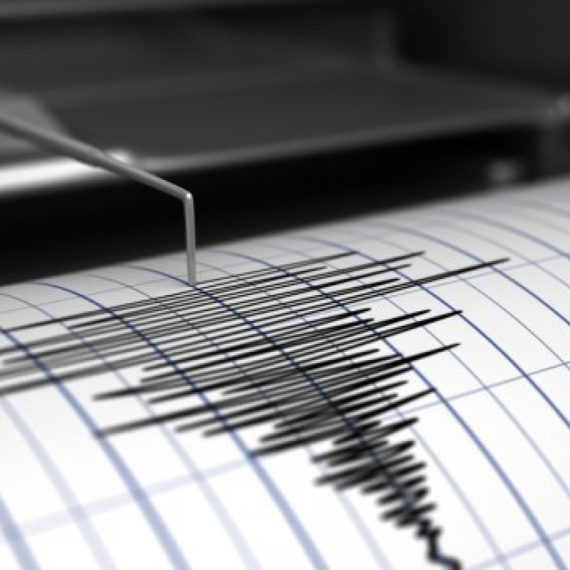

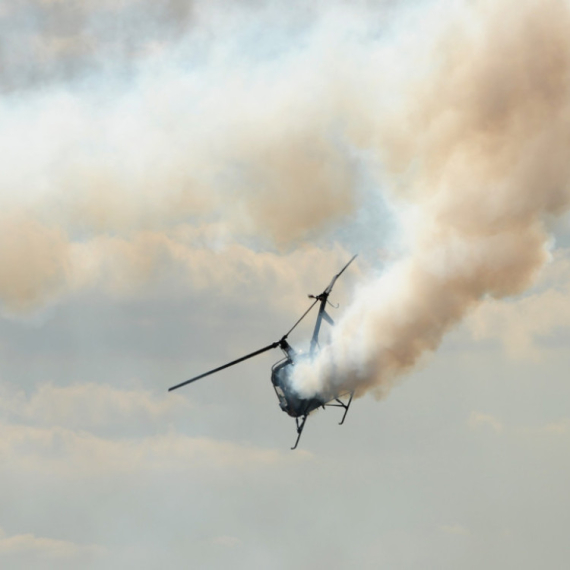

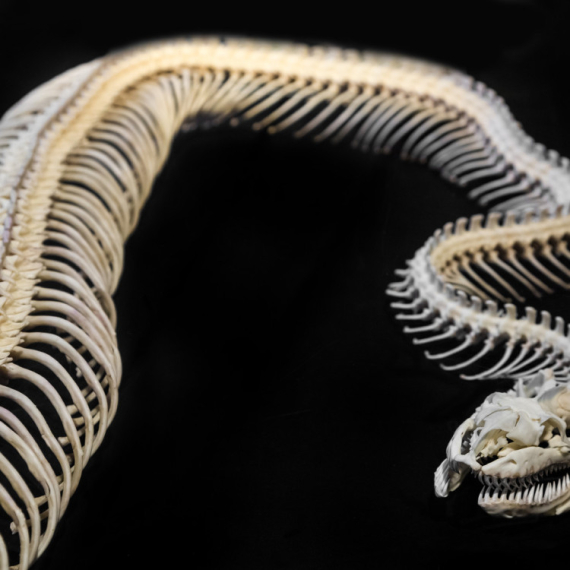






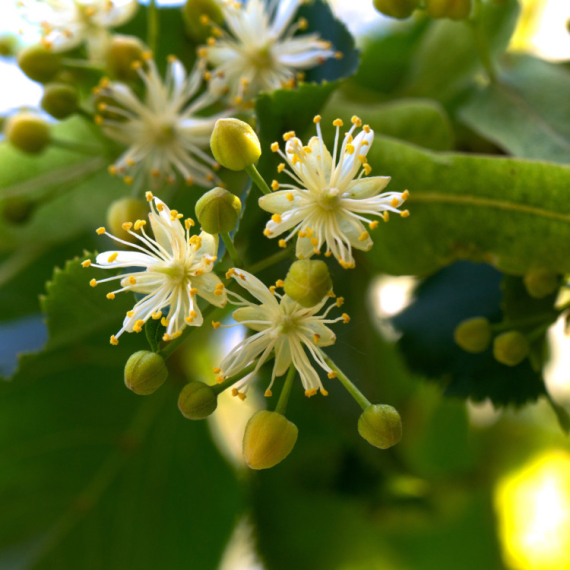




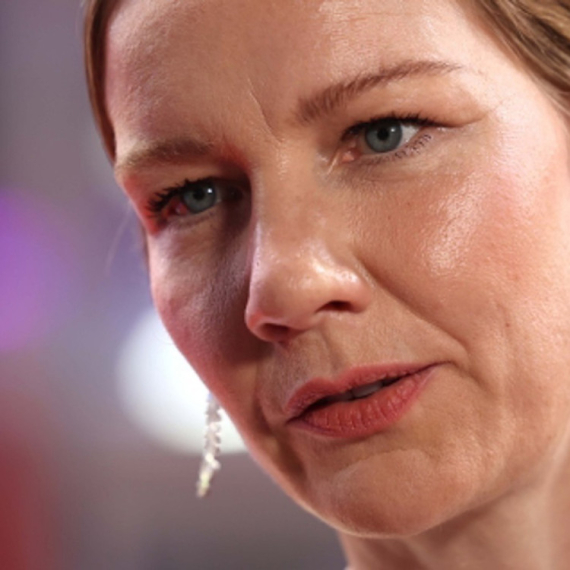



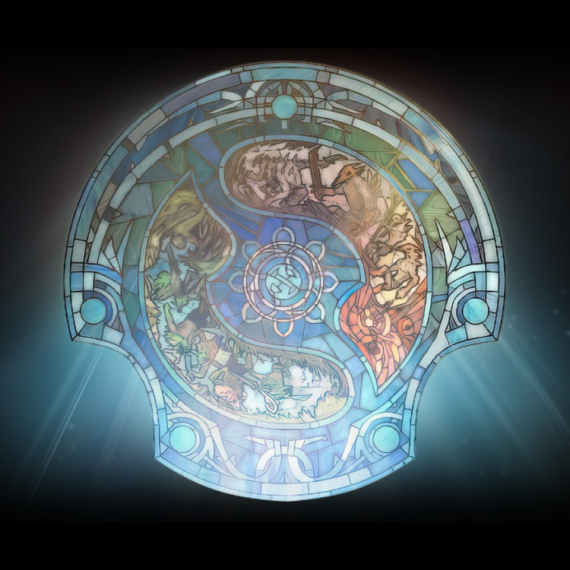






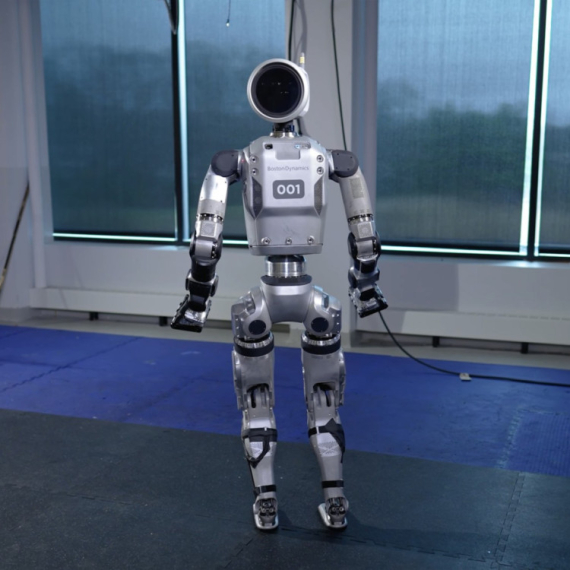

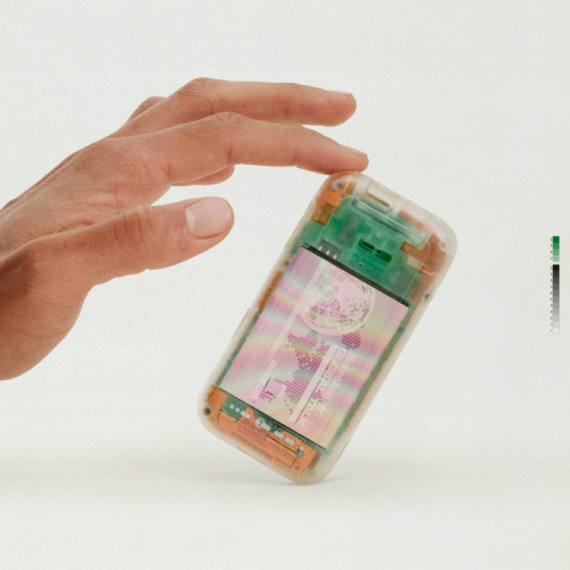
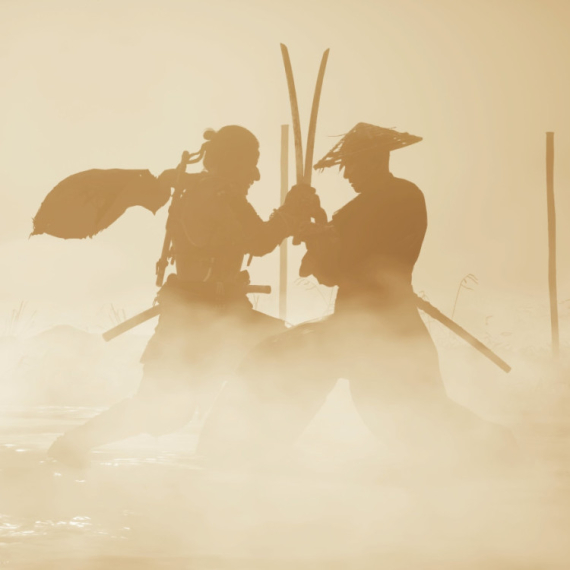




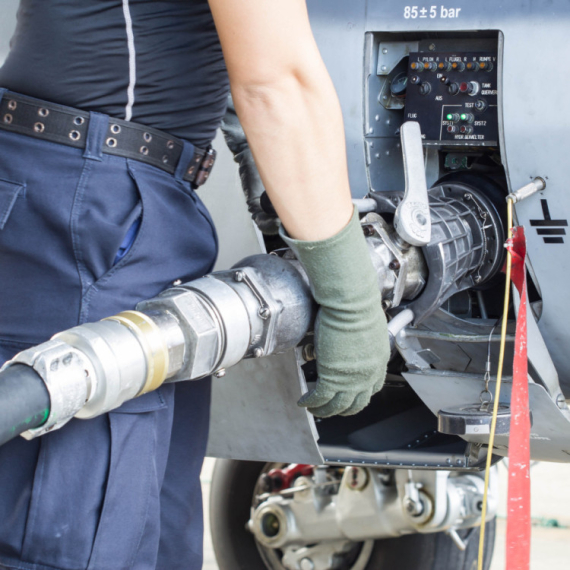


Komentari 0